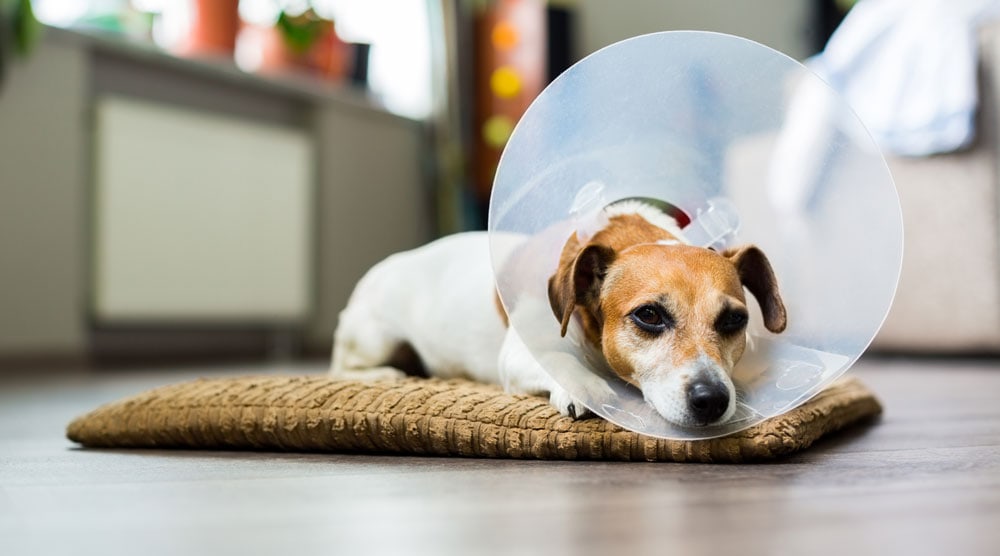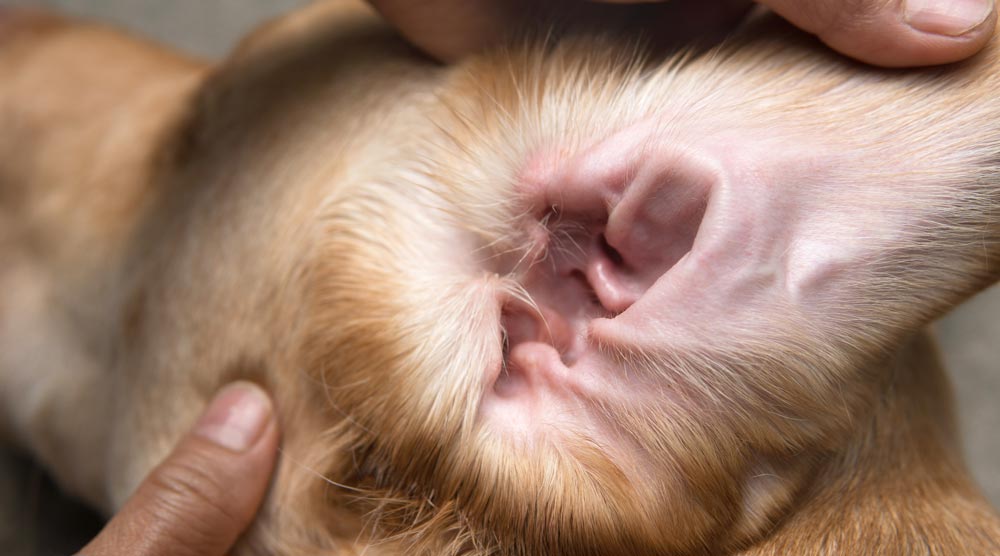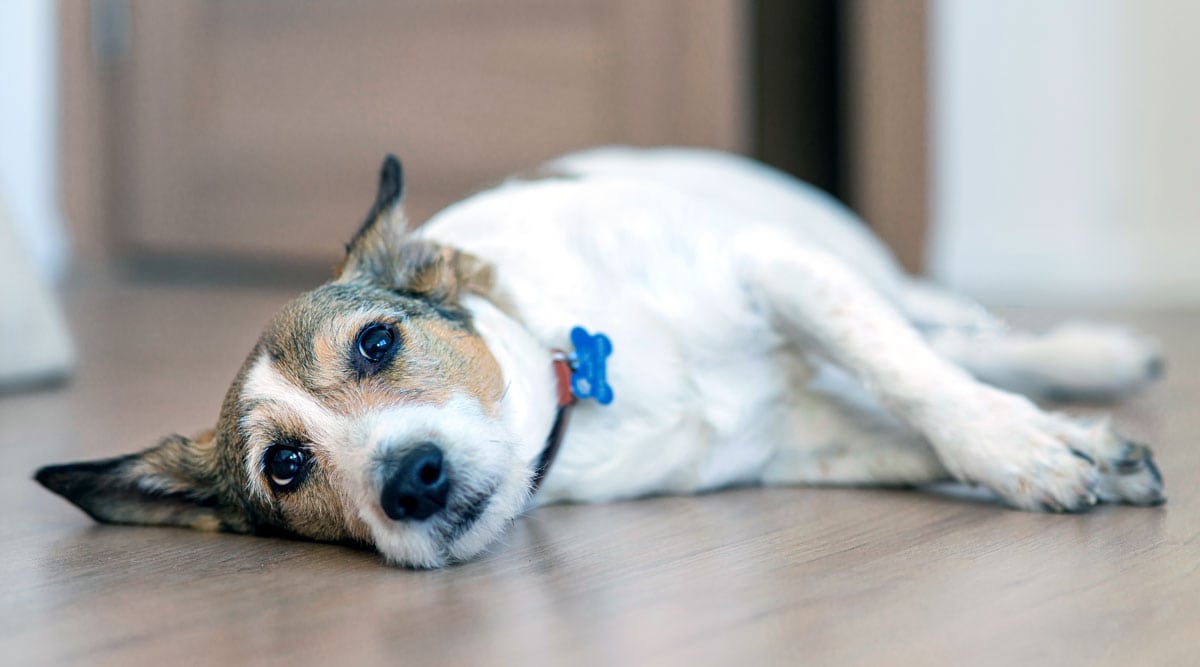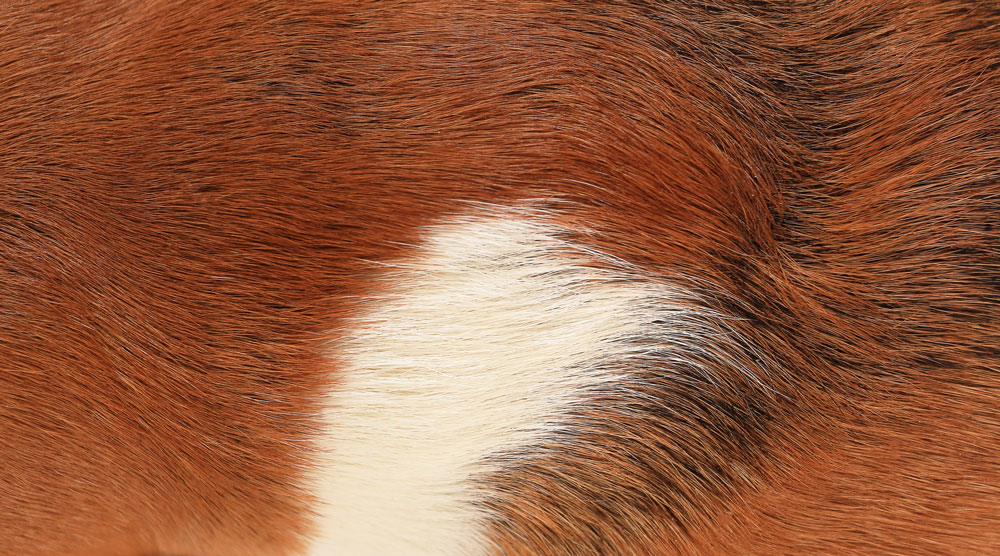Quick Answer
- Spay recovery times vary depending on the dog and if there were any complications during surgery.
- Generally, the healing period is around 10-14 days, assuming the surgery and recovery go as planned.
- Always follow your vet’s instructions when caring for your dog after surgery.
If canine spay surgery goes smoothly, then the typical dog spay recovery time is around 10-14 days. Any complications during the surgery or during the healing stage can increase how long it takes the dog to recover though.
It’s vital to stop your dog from jumping or running when they are recovering from spay surgery. These activities can cause the incision to reopen. It’s also important to monitor the wound and your dog’s behavior, and contact a vet if you notice anything wrong.
Let’s take a closer look at dog spay recovery, what to expect, and signs that indicate there might be a problem.
Contents
What Is The Average Dog Spay Recovery Time?
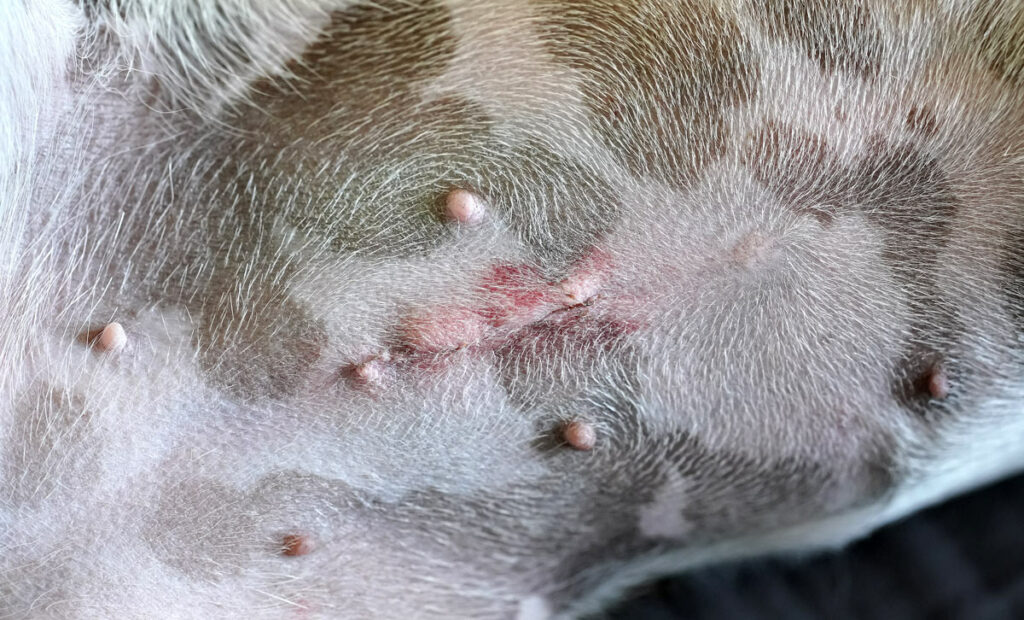
It’s difficult to say how long your dog will take to recover, as it depends on how the surgery went and the individual pet.
The typical healing period is 10-14 days, although this can vary. If the wound is damaged or agitated, then the healing time will be longer. The good news is that most dogs start feeling better in as little as 48 hours after surgery.
What Does A Normal Recovery Look Like?
After having anesthesia, you should expect your pup to be a little groggy for up to 24 hours. She’s likely to sleep a lot during this period. It’s also possible that your dog is unusually defensive while the anesthesia is wearing off.
There may be a small amount of swelling or bruising during the healing period. It’s vital to check the incision at least twice a day though. If you notice a change in its appearance, you should contact your vet.
If the incision site appears to have opened, call your vet to tell them what happened, then take your dog in immediately. Opened or loose stitches could cause a medical emergency. This is not a problem that can be treated from home.
When Should You Contact Your Vet?
If you’re worried about anything during the recovery process, you should always contact your vet as soon as possible. According to PetcareRX, here are some things to watch out for:
- The dog seems unable to walk more than 12 hours after surgery
- Coughing after the first few days (dogs often have a mild cough after spaying due to the endotracheal tube used during the procedure)
- Loss of appetite
- Refusal to drink
- Lethargy or signs of discomfort after 24-48 hours
- Digestive problems (diarrhea or vomiting)
- Breathing problems
- Significant drainage, swelling, redness, foul odors, or bleeding from the surgery site
- The incision site re-opened (this is a medical emergency)
- Pale gums
- Abdominal bloating
You should contact your vet immediately if you notice any of these symptoms. While spaying is considered a routine surgery, there can still be serious complications.
How to Care For Your Dog During Spay Recovery
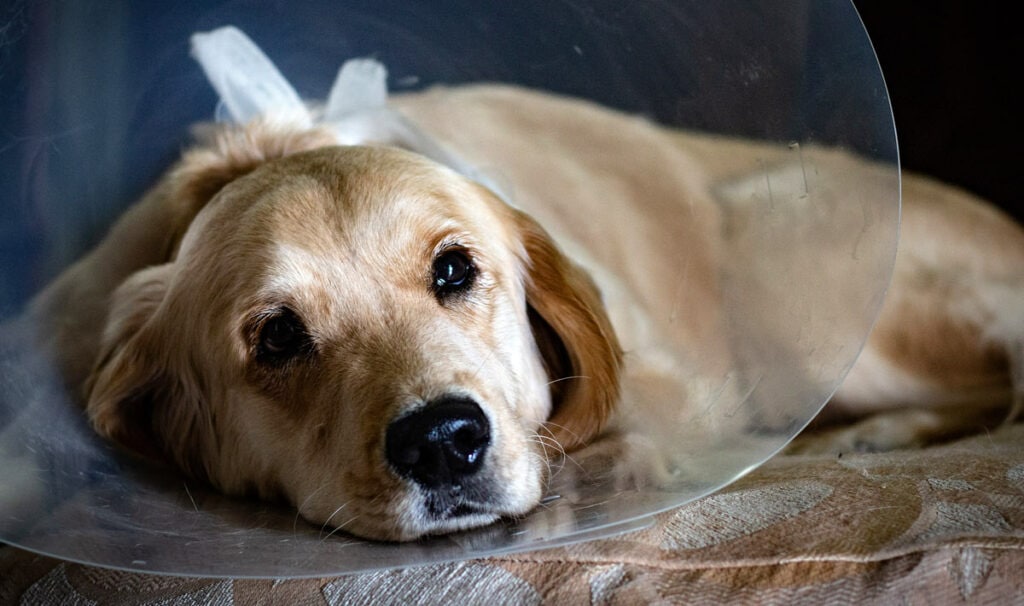
The key when your dog has been spayed is to follow your vet’s advice for recovery. Stitches can be easily broken, particularly during the first few days, which can be very painful for your dog and cause complications.
There are many things you can do to make sure your pet has a comfortable recovery:
- Try to stop your dog from running or jumping for at least two weeks. Jumping can cause the stitches to break. Avoid playing tug or other vigorous games with your dog until your vet says it is safe.
- Vets recommend not walking your dog for at least 48 hours after the surgery. Doing so could cause complications, as the wound won’t have healed. Always follow your vet’s advice.
- If the dog seems bright after the first 48 hours, you may be able to take them for a short, gentle walk on a leash. Discuss longer walks at your post-operation check with the vet.
- Jumping onto beds or sofas is a common reason for damaged stitches, so try to prevent this.
- If the wound gets dirty, call your vet immediately for advice on how to clean it.
- Some vets recommend keeping your dog in its crate or a small room for the first night.
- Keep your dog away from children, as she may have a shorter fuse than normal.
- Check the wound twice each day. If it starts to look red or swollen, contact your vet immediately.
- Ask your vet how long you should avoid bathing your dog.
- Get your dog to wear the “cone of shame” so it can’t lick the wound. If your dog refuses to wear this, you may need to cover the wound site another way (ask your vet about this).
- Avoid letting your dog interact with other animals throughout the recovery period.
- Make sure you know if your dog requires pain medication and how often it should be given.
If you notice your dog acting strangely, you should always contact your vet. Look for signs such as a lack of appetite, stomach issues, lethargy or just if your dog looks uncomfortable.
Vet Tip from Dr Linda Simon: “If your dog hates the cone of shame, you may find they tolerate a fabric one better than a plastic one. Many of my patients are also happy wearing a pet t-shirt.”
What Exactly Is Canine Spaying?
Spaying is the removal of the dog’s female reproductive tract, including the uterus, fallopian tube, and ovaries. This means that the dog isn’t able to reproduce. She also won’t have a heat cycle.
“There are two main types of this surgery,” says vet Dr Linda Simon. “One is called the ovariectomy (when just the ovaries are removed) and the other is an ovariohysterectomy (when both the uterus and ovaries are removed). We vets tend to stick to whichever method we learn in university!”
While both types of spaying are complicated surgeries, they are common procedures so the risks are usually not high.
You’ll need to talk with your vet about specific risks to your dog though. Your vet will also perform a thorough physical and background health check to look for potential problems.
Why Should I Get My Dog Spayed?
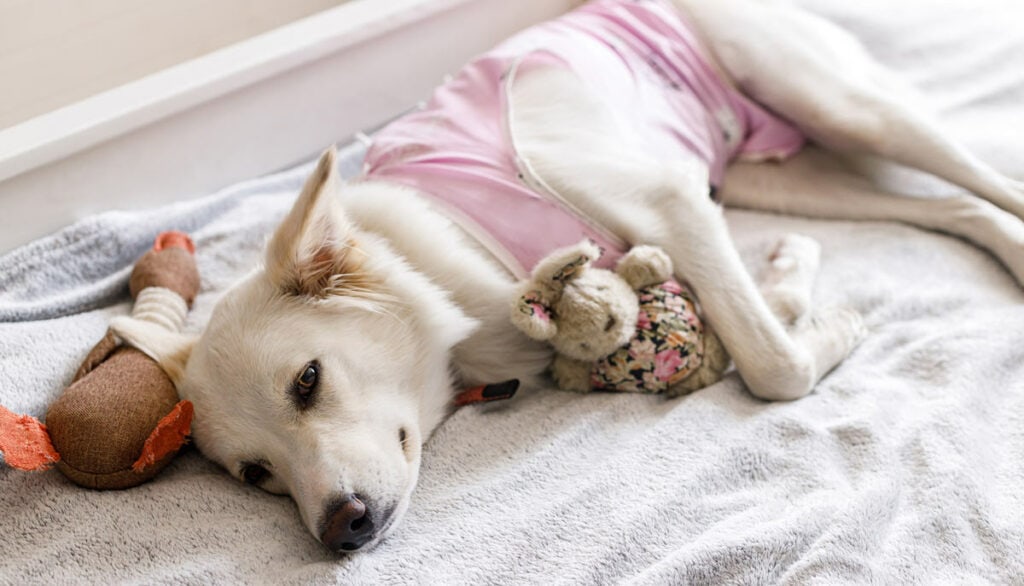
Spaying is part of being a responsible dog owner. In the US alone, there are thousands of unwanted dogs in shelters, with many having no hope of being adopted. Millions of dogs are euthanized every year.
The simple fact is that there are already far more dogs than are needed as pets – getting your dog spayed means there’s no chance of contributing to this problem.
Getting your dog spayed has several other advantages. These include a decreased risk of developing certain types of cancer, including mammary tumors. Spayed dogs are also much less likely to get pyometra, which is a life-threatening uterus infection.
There are, however, some drawbacks. It is thought that certain orthopedic conditions are more likely in dogs that have been spayed. There is also some evidence that spaying too young can cause behavioral problems. Considering the range of benefits, for most owners, getting their dog spayed is the clear choice.
In the past, the recommended age for spaying was around 6-9 months for all breeds, and this age is still likely to be suitable for many dogs.
However, new data has shown that early neutering may not be the best choice for some breeds, such as the Golden Retriever and Labrador, as it can increase the long-term risk of cancer and other conditions.
For these reasons, the decision on the right age to neuter your dog should be discussed with your vet. They will consider your dog’s breed, health, and other factors to decide on the safest time for the procedure.
Note: Spaying usually doesn’t affect the age your dog stops growing, but early spaying (before 16 weeks) may delay the closure of growth plates.
Summary
Spaying is a routine procedure, but it still carries risks. Most dogs recover within 10-14 days, but the recovery time can be much longer if the wound reopens or there are complications during surgery.
It’s vital to follow your vet’s instructions when caring for your dog after surgery. Make sure your dog doesn’t run or jump, as this can open the incision site. Monitor both your pet’s wound (for signs of infection) and their behavior, and contact a vet if you have any concerns.
Do you have any questions about dog spay recovery times? Please let us know in the comments section.
